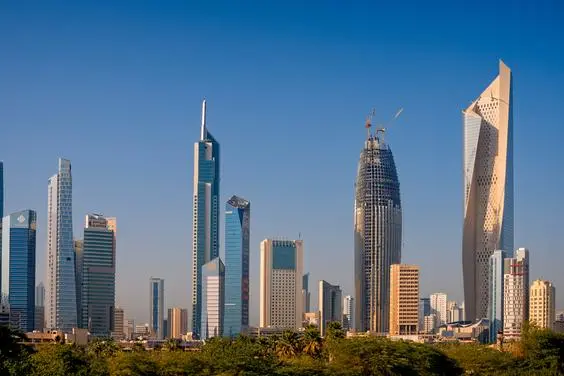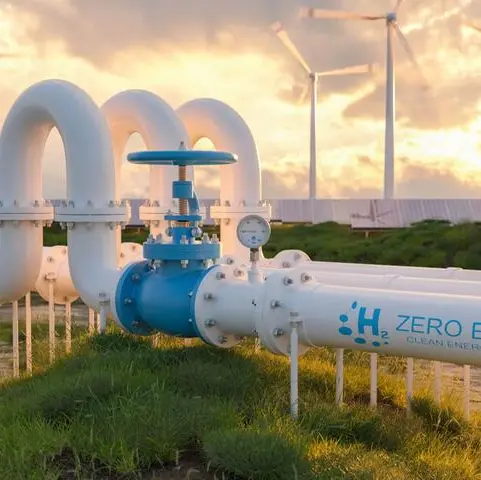PHOTO
As per a report released by the Global Energy Monitor, the Middle East and North Africa region has witnessed a 50 percent surge in its renewable energy capacity since 2022, and another 50 percent increase is anticipated by 2024, reports Al-Rai daily. The report highlights that the region requires a capacity twenty times greater than this to replace the current gas-based power generation. These countries in the region are poised to reap substantial benefits from their endeavors to transition to renewable energy.
There are indicators suggesting that this transition could be imminent. Since May 2022, these nations have augmented their operational capabilities in solar and wind energy by 6.9 gigawatts, marking a 57 percent increase. Additionally, with 9 gigawatts of renewable energy currently under construction and slated for completion by the end of 2024, the growth rate continues to rise.
Economic dependence
In terms of economic dependence, the report reveals that Iraq, Kuwait, Libya, Oman, Qatar, and Saudi Arabia derive over a quarter of their GDP from oil and gas extraction. Should the world shift away from fossil fuels, these countries could face significant economic challenges. It’s no surprise that many of these nations have not embraced renewable energy to the same extent as their less oil-rich counterparts in the region, such as Morocco and Egypt.
However, Oman is taking steps to transform its economy and serve as an example for other nations in the region. Libya, too, appears to be exploring diversification by considering renewable energy exports to Europe, although their 25GW project is still in its early stages. The report assesses the UAE, Oman, and Morocco as potential leaders in renewable energy within the Middle East and North Africa region based on various metrics. These metrics include the number of commissioned large-scale solar and wind projects, potential project capacities (whether they have been announced, under construction, or in some stage of development), and the establishment of ambitious renewable energy targets. Egypt and Jordan, alongside these countries, have demonstrated their commitment to developing renewable energy infrastructure, given the anticipated abundance of solar and wind energy in the region’s future (361 GW).
© 2022 Arab Times Kuwait English Daily. All Rights Reserved. Provided by SyndiGate Media Inc. (Syndigate.info).





















